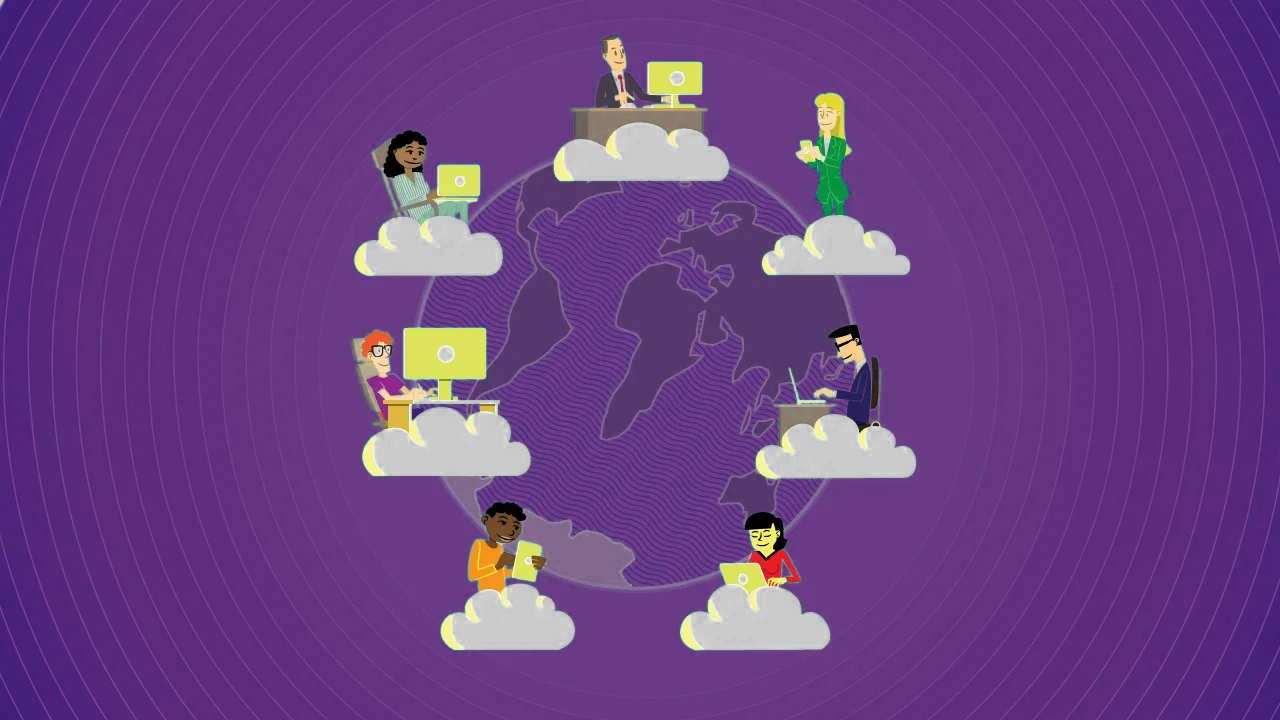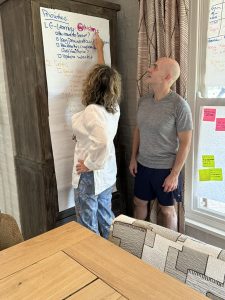
My Dimensions of Diversity (Natalie Spiro)
I am a woman with unique dimensions of diversity. Each aspect of my life contributes to a rich tapestry of experiences and perspectives. I
We’re driven by shared beliefs that allow us to work with all types of organizations across a wide range of industries to produce remarkable results.
A close-knit team with highly diverse backgrounds and skill sets, coming together with a singular purpose to deliver powerfully on your objectives and exceed your expectations.
To engage and retain talent in a rapidly evolving world, we must remain flexible and innovative in our approach to building and sustaining company culture.
Bringing in a professional coach is a smart path forward to unlock the potential observed in your leaders. Our certified coaches bring years of experience and can provide support and guidance. Empower and take your leaders to the next level.
We’re driven by shared beliefs that allow us to work with all types of organizations across a wide range of industries to produce remarkable results.
A close-knit team with highly diverse backgrounds and skill sets, coming together with a singular purpose to deliver powerfully on your objectives and exceed your expectations.
To engage and retain talent in a rapidly evolving world, we must remain flexible and innovative in our approach to building and sustaining company culture.
Bringing in a professional coach is a smart path forward to unlock the potential observed in your leaders. Our certified coaches bring years of experience and can provide support and guidance. Empower and take your leaders to the next level.

This article will help you to rethink how you onboard new hires to a virtual platform, but still keep new hires connected to the organization, their managers, and other team members. As most companies go remote, onsite Onboarding is NOT an option.
STEP 1: Place to house the Onboarding materials and important Communication considerations
Before you even begin remote Onboarding, you must have in place the following things to ensure everyone can access the Onboarding information and are able to communicate with each other.
Create an Onboarding site on either your: internal Portal, Workday/Sharepoint/Other, Google Drive, etc. to host videos, documents, eLearnings, PowerPoints, etc.
If using Slack, create an overall Onboarding Slack Channel. Then for each new Onboarding class give them a name (could go along with the theme of your organization) and create a class Slack Channel for new hires to receive information, discuss topics, and build a community (this is highly encouraged).
Create and distribute a class a roster, so new hires can stay connected.
Building Community and Communication: Have each new hire create a one-page BIO with their picture and put them into a PPT montage so everyone gets to know each other (post in class Slack Channel). This could include: Name (nickname), Location, Position, Hometown, College and/or past job experience, Favorite… Book, Food, Band, Hobby/Things you do in your leisure time. Little known fact.
IT should facilitate a remote Pre-onboarding session to get everyone’s computers set-up and running and to answer questions. They should also be available via email, office hours, or ServiceNow ticketing to support all new hires’ questions, problems, challenges.
HR/Benefits should facilitate a remote Pre-onboarding session regarding employee benefits and sign-up. Post-onboarding, they should have open office hours to answer employee questions on benefits, mandatory training, D&I, etc.
STEP 2: Components of an Onboarding Program for New Hires
The following are suggestions relating to content in developing a virtual onboarding program. This is an initial list giving you a kick-start to your own virtual program and process.
Begin with a Virtual Tour of the office (video recorded and/or photo montage)
Record a video message from the CEO/President to welcome new hires. This can be the first thing they see on the portal, Workday, etc.
Create an infographic of the organization. (You can create this on Canva or other design products). Train a team of employee ambassadors or leaders to use this graphic as a tool to talk about the organization explaining each section, in an interactive format. Note: Prior to the session, send an email to each new hire so they can download it. At the end use this time for Q&A.
The infographic may include:
Create video messages from key executives to talk about the businesses they run (2-3 minutes in length), building a well-rounded picture of the organization.
Create eLearning modules / interactive PPTs on the following topics:
STEP 3: Helping Managers Onboarding New Hires
If you have already created Onboarding guides and templates to help managers onboard new team members you are one step ahead. If you do not have this, the article provides some ideas on guides, templates, and support documents that will be helpful to ensure all new hires have a positive Onboarding experience with their hiring managers leading the way.
Create an online Onboarding Checklist for managers to use to drive the Onboarding process for new hires. Include information on: Preboarding, Onboarding, Postboarding: 90 Days
Create and share a 90-day roadmap… to do’s, expectations, meetings, etc. for the new hire
Create a Contact List: names, title, location, contact information to include, team members, HR, IT, company leaders…
Enlist a “buddy” to help smooth the way for the new hire in terms of company culture, and other non-specific job related questions
Discuss and/or schedule one-on-one meetings for your new hire to meet and learn about the organization with key stakeholders, other important connections, as well as team members during their first 30 days to build knowledge, relationships, etc.
Provide a list and explain how to access and take required online courses (Sexual Harassment, etc.).
Use the organizations Individual Develop Planning template or create your own to begin the conversation on performance development and year one goals.
Through your coaching and IDP meetings work with the new hire to identify opportunities and programs around professional development. Resources could include: LinkedIn Learning, MOOCs, YouTube, Udemy…
If you have other ideas to contribute to this Step in the process, please share.

I am a woman with unique dimensions of diversity. Each aspect of my life contributes to a rich tapestry of experiences and perspectives. I

Over the past year, in a coaching engagement, a client wanted to engage in inspiring and participating with their team to work together with more

In my professional life I was not lucky to have a mentor. I had people that supported me, gave me advice, and coached me, but